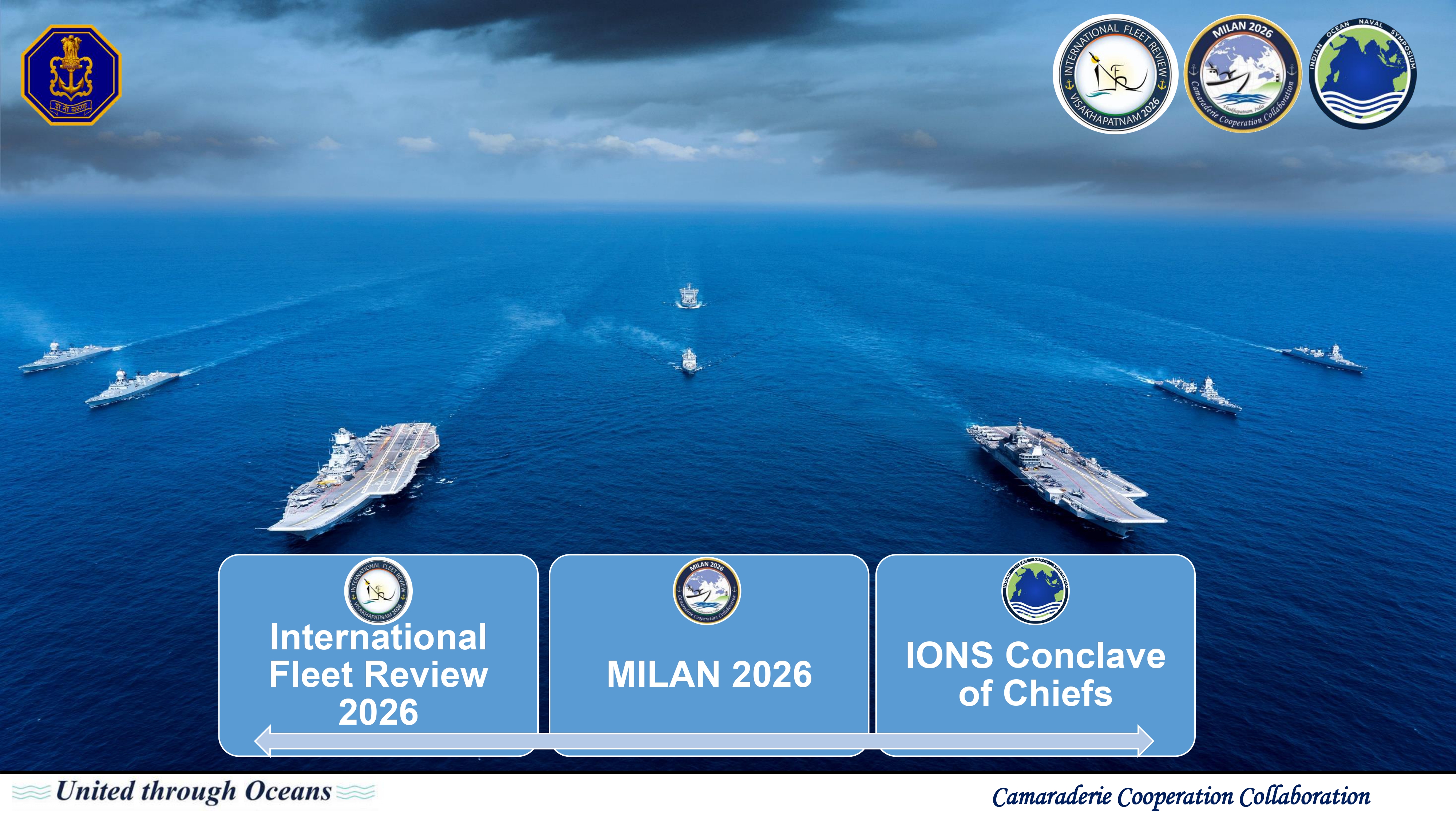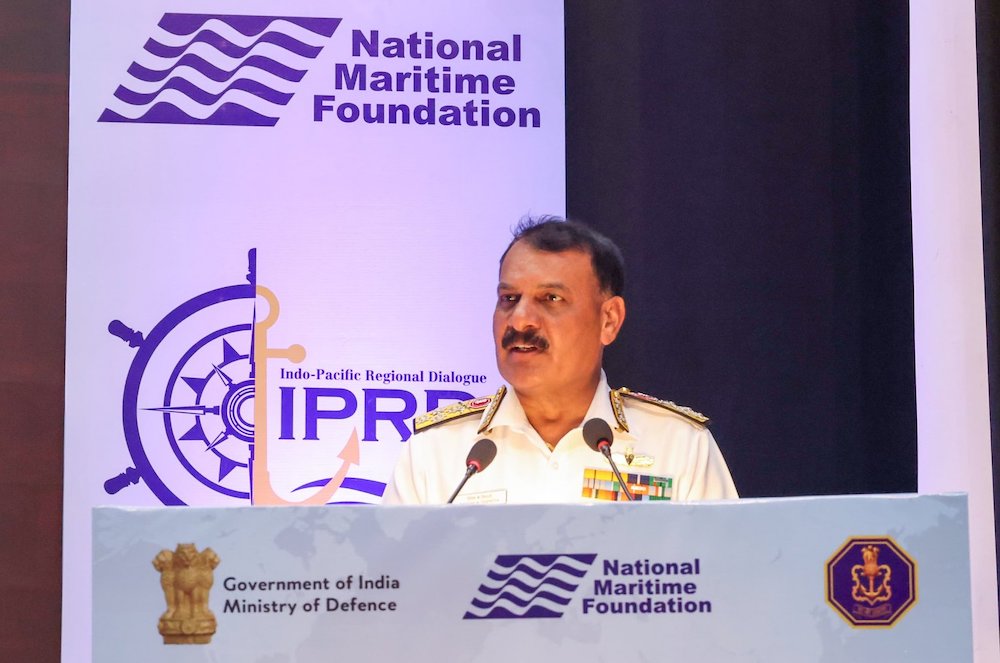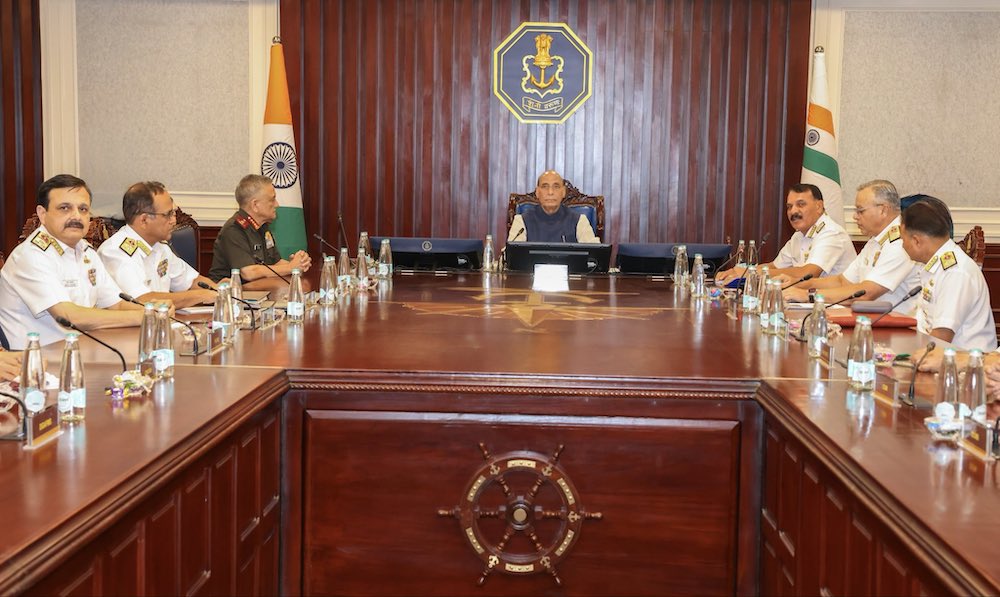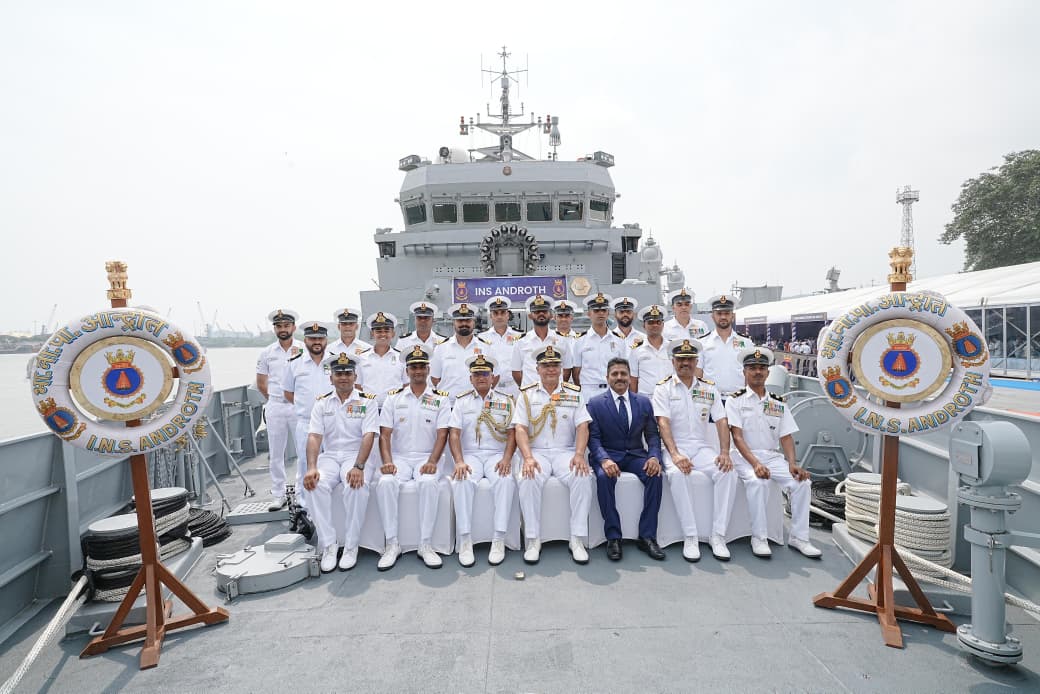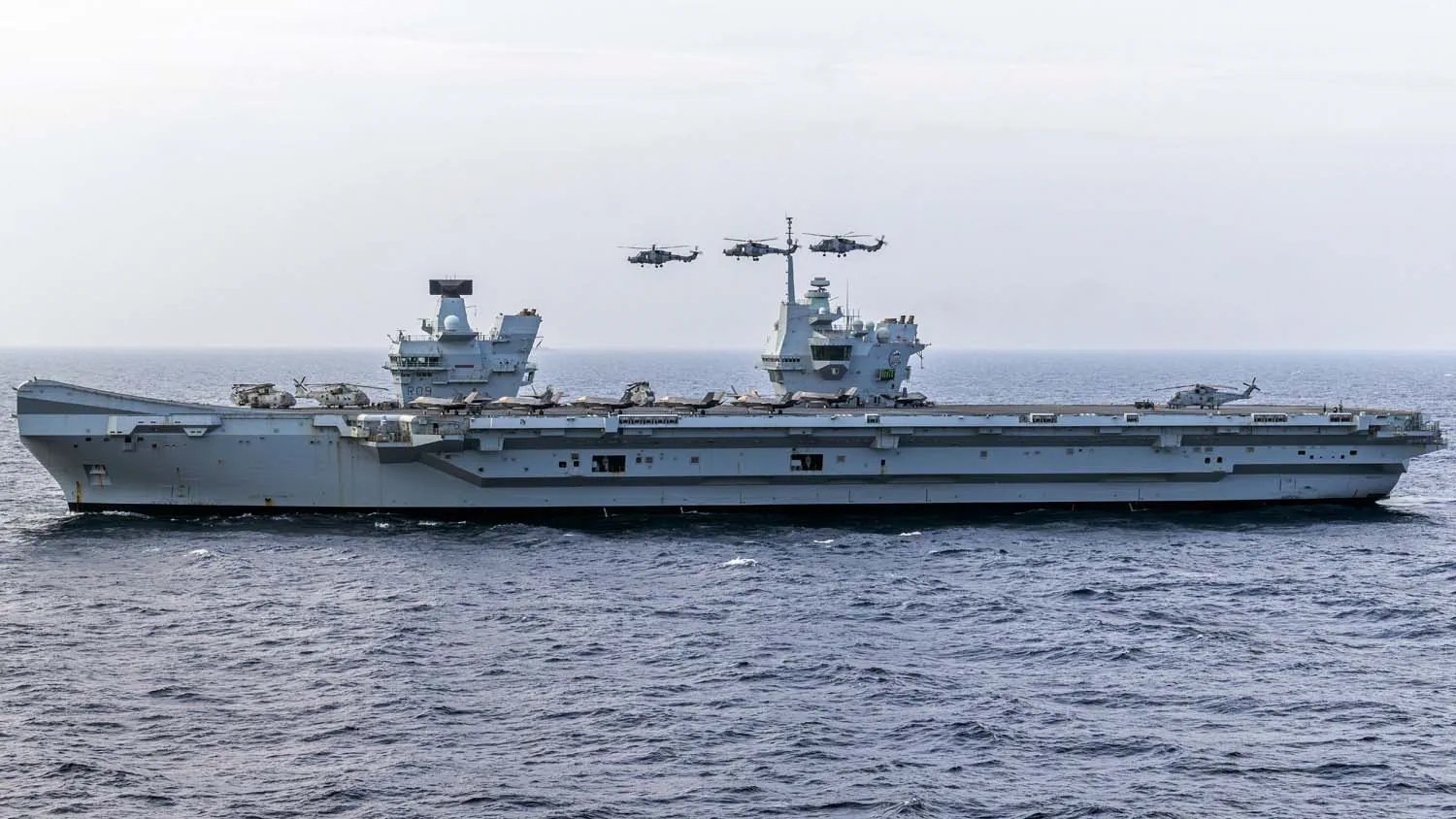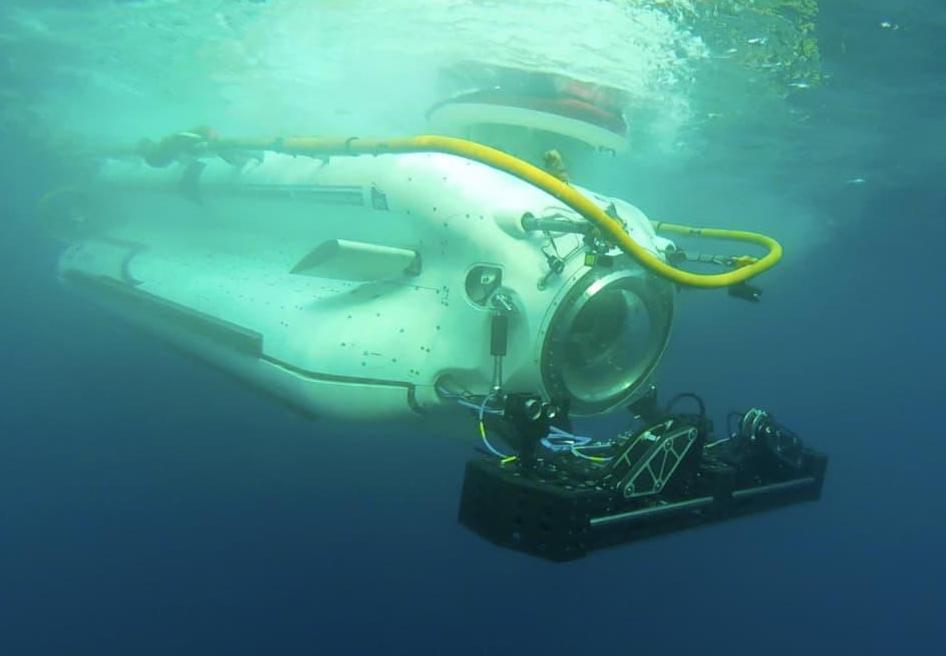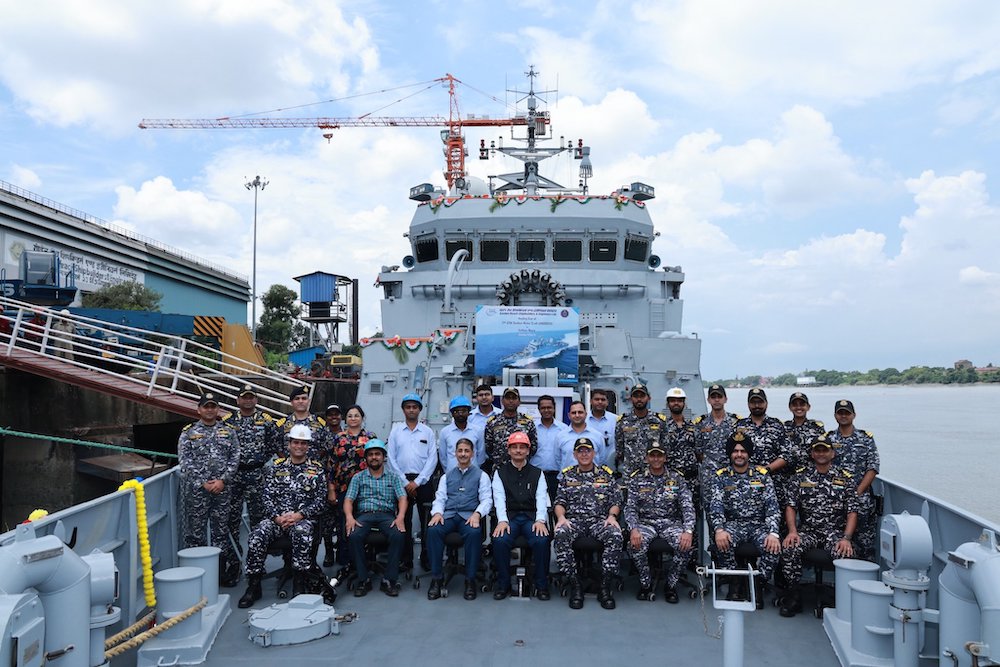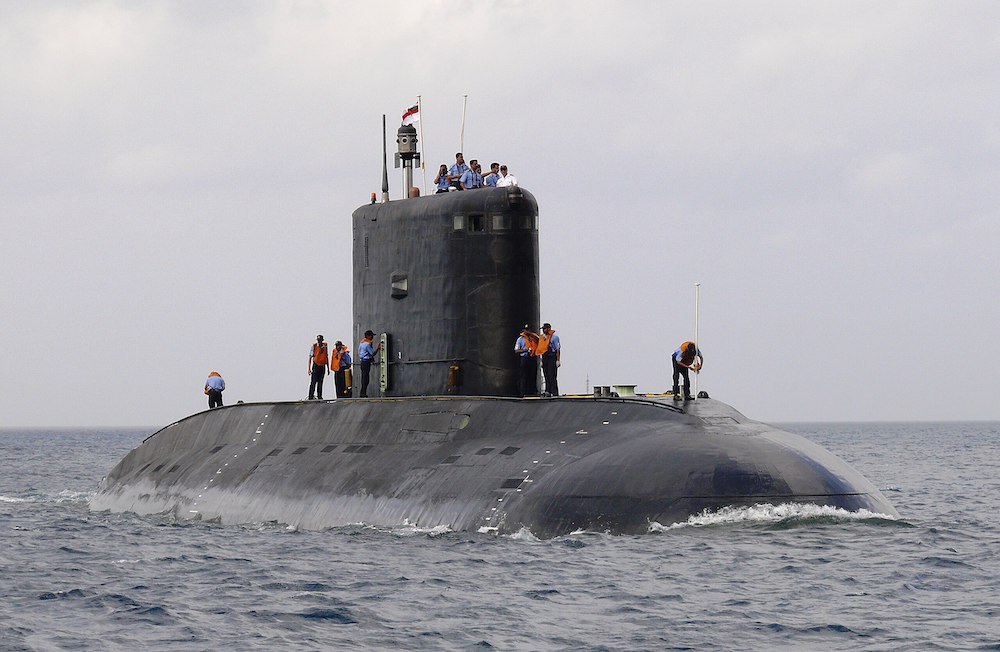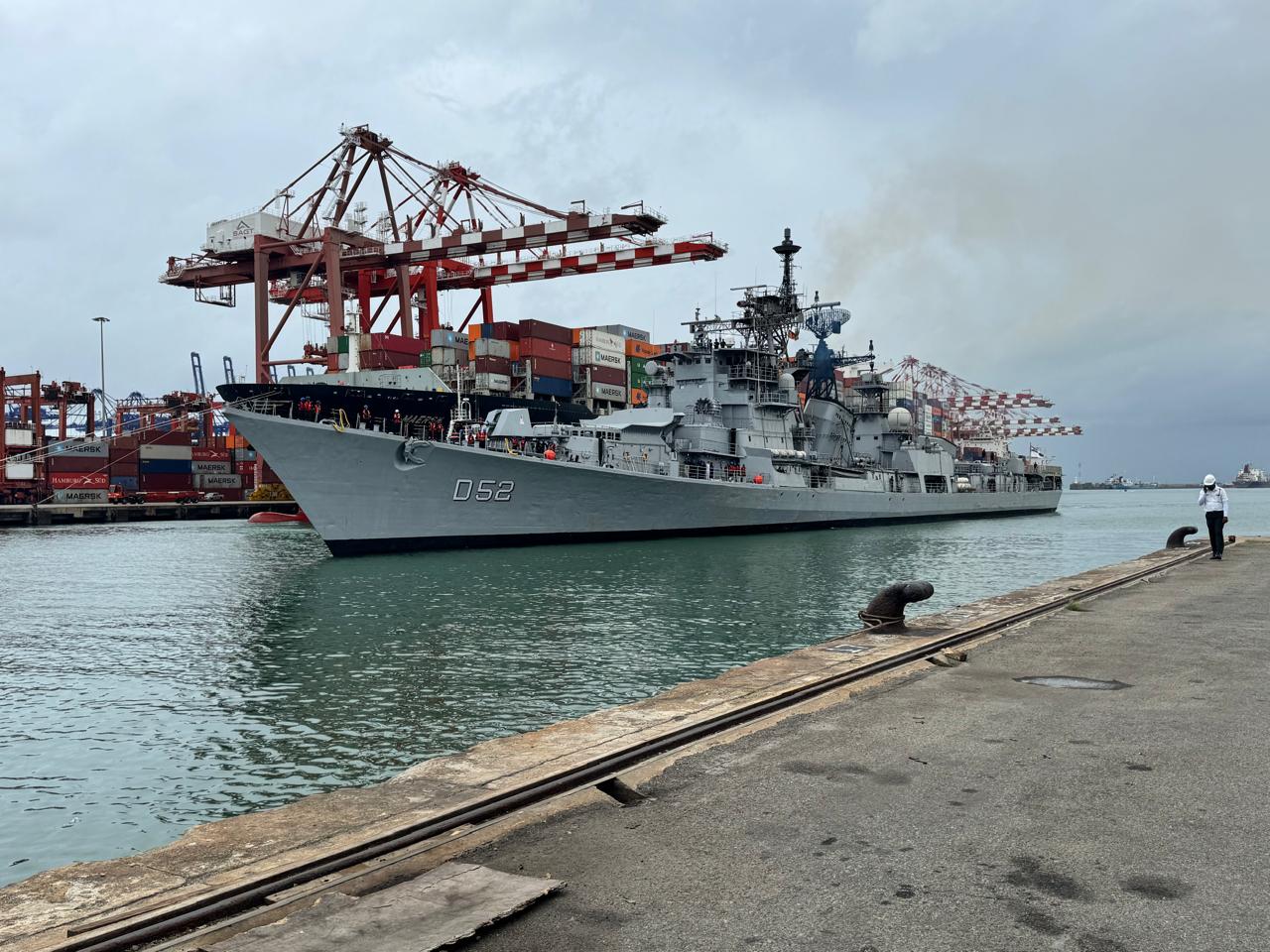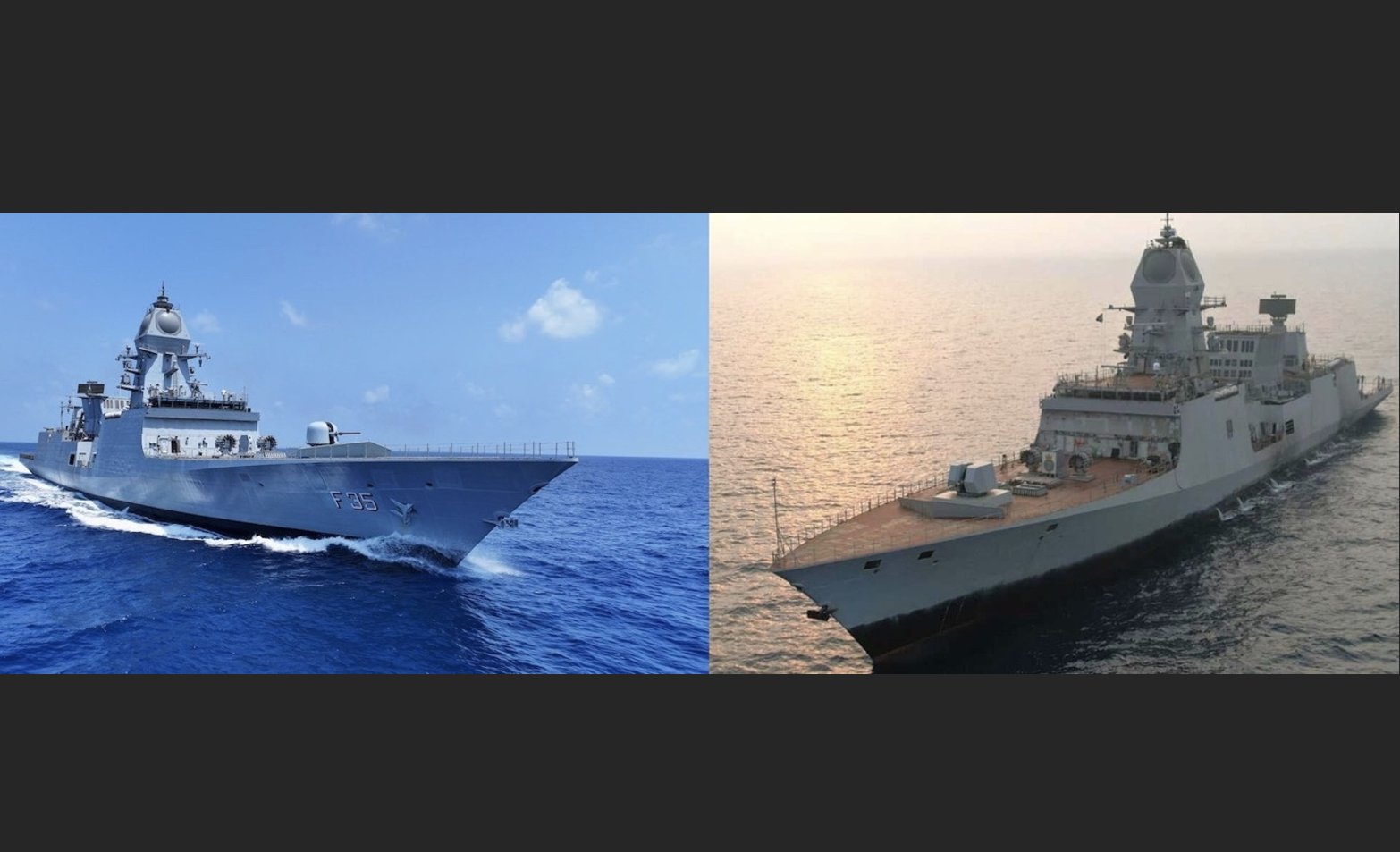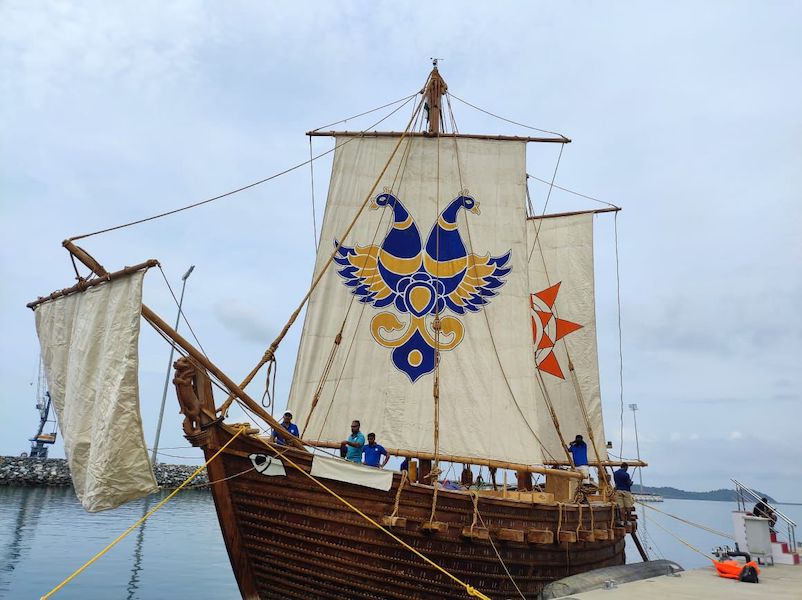 INSV Kaundinya with the Gandabherunda insignia on its sail. (Photo: Indian Navy)
INSV Kaundinya with the Gandabherunda insignia on its sail. (Photo: Indian Navy)
New Delhi: The Indian Navy ceremonially inducted INSV Kaundinya, a full-scale stitched sail ship inspired by the seafaring ingenuity of 5th-century India, into its sailing fleet on Wednesday. The event, held at the Karwar Naval Base, marked not just the naming of a ship, but the affirmation of a civilizational confidence that dares to draw strength from antiquity.
Presided over by the minister of culture, Gajendra Singh Shekhawat, the induction heralded the culmination of a project that first took conceptual shape in July 2023 – an intellectual and artisanal odyssey co-navigated by the Indian Navy, the Ministry of Culture, and traditional shipbuilders of M/s Hodi Innovations, as India Sentinels reported on Tuesday. The ship was named after the legendary Indian mariner Kaundinya, who, according to inscriptions and regional lore, voyaged across the Bay of Bengal and left traces in the early histories of Southeast Asia. The INSV prefix before the ship’s name stands for Indian Navy Sailing Vessel.
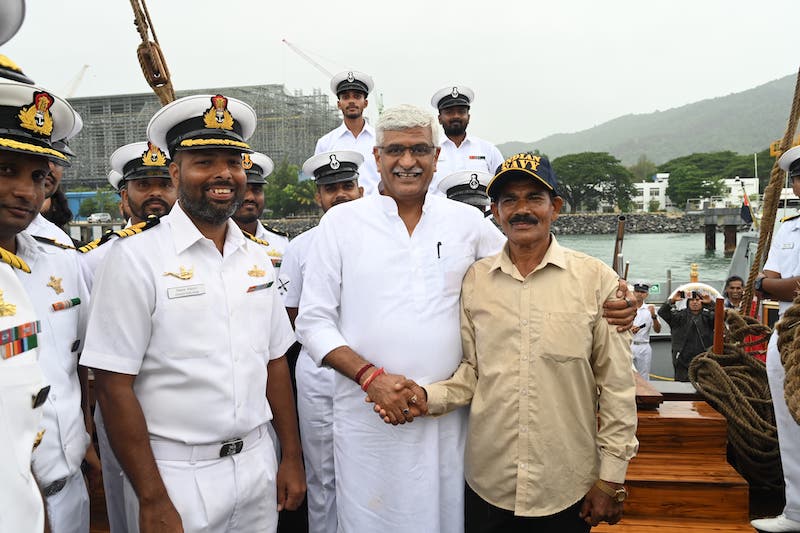 Gajendra Singh Shekhawat (in white kurta) with Babu Sankaran (R), the master shipwright of INSV Kaundinya. (Photo: Indian Navy)
Gajendra Singh Shekhawat (in white kurta) with Babu Sankaran (R), the master shipwright of INSV Kaundinya. (Photo: Indian Navy)
Constructed without a single nail, INSV Kaundinya embodies a near-forgotten technology: the art of stitched shipbuilding. Ancient Indian shipwrights once lashed planks together using coconut rope soaked in resin and sealed by time-tested hydrodynamic principles. That same technique – resurrected through the hands of Kerala’s master craftspeople under the guidance of Babu Sankaran – now forms the very skeleton of a vessel ready for oceanic travel.
However, this project was not merely one of construction; it was a reconstitution of memory. In collaboration with the Department of Ocean Engineering at IIT, Madras, the Navy conducted hydrodynamic trials, model testing, and structural simulations, translating mural into mast, and ancient sail into seagoing vessel. The ship’s square rigging, steering oars, and even its symbolic adornments – like the Gandabherunda insignia on its sail and the Simha Yali on its prow – reflect a meticulous devotion to historic authenticity balanced with scientific rigor.
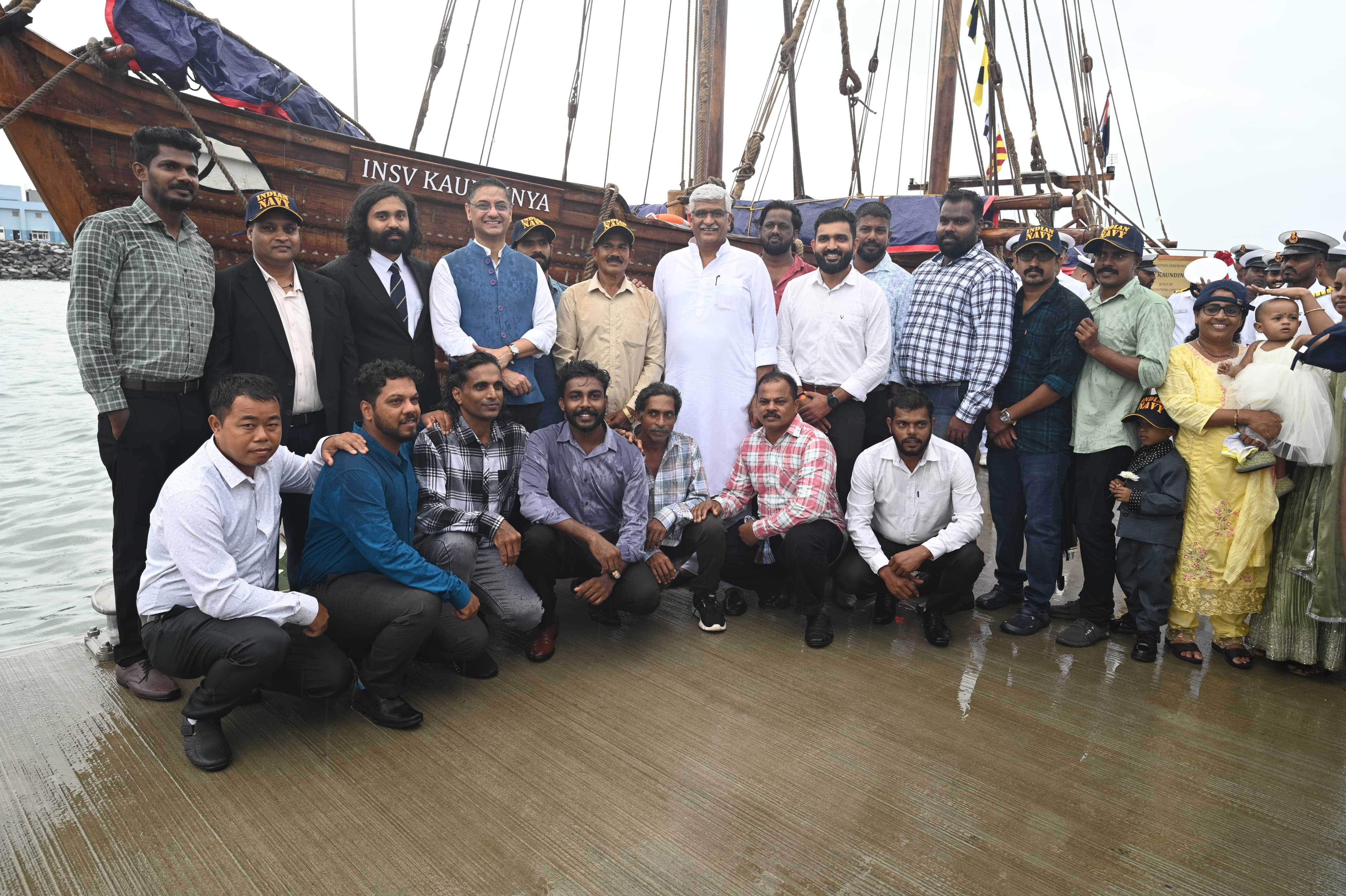 Gajendra Singh Shekhawat (in white kurta) along with officials and the team of shipwrights who built INSV Kaundinya. (Photo: Indian Navy)
Gajendra Singh Shekhawat (in white kurta) along with officials and the team of shipwrights who built INSV Kaundinya. (Photo: Indian Navy)
More than a feat of experimental archaeology, INSV Kaundinya is a living document – inscribed in timber and wind – charting the Indian Ocean as once navigated by merchants, monks, and mariners from Muziris to Muscat.
Today’s ceremony, marked with naval precision and cultural solemnity, was also the sounding bell for the ship’s future voyage. Later this year, INSV Kaundinya will undertake a transoceanic expedition from Gujarat to Oman, tracing ancient maritime trade routes and reaffirming India’s place in the ebb and flow of Indo-Pacific history. It will not be powered by turbines, but by tides and tenacity – guided by celestial bodies, not manmade satellites.
This initiative is no nostalgic indulgence. Rather, it is strategic storytelling. At a time when maritime influence defines geopolitical relevance, the Indian Navy has demonstrated that the soul of a sea power lies not only in submarines and carriers, but also in its capacity to remember, revive, and reinterpret.
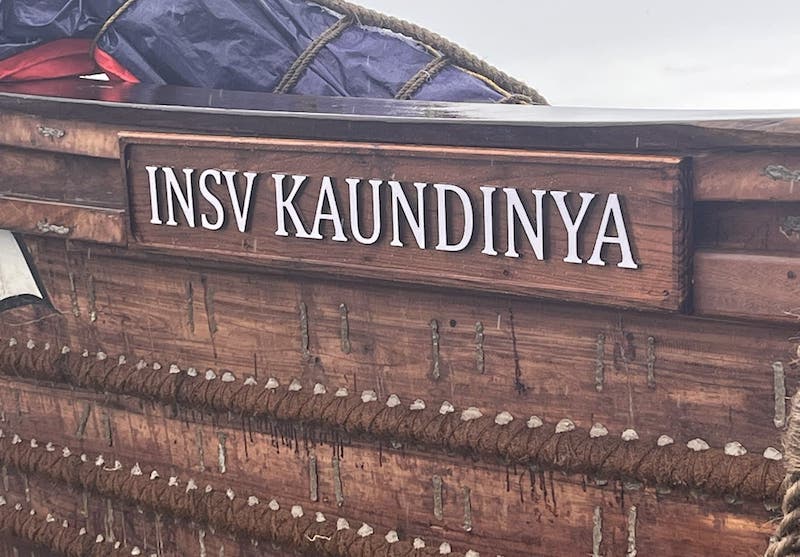 A plaque on the ship’s broadside bearing her name. (Photo: Indian Navy)
A plaque on the ship’s broadside bearing her name. (Photo: Indian Navy)
With INSV Kaundinya, India doesn’t merely look back – it sails forward through the wake of its own wisdom.

